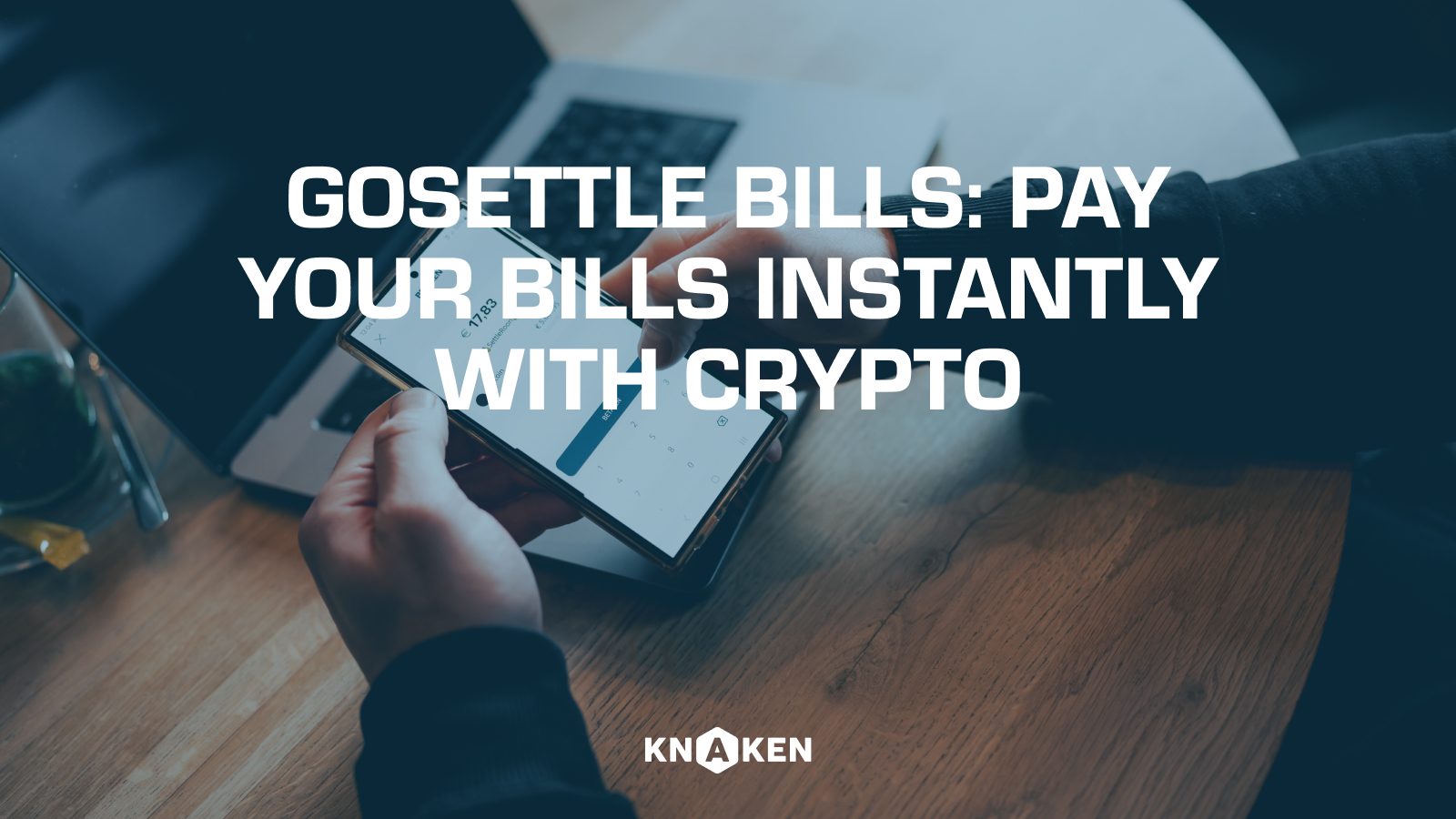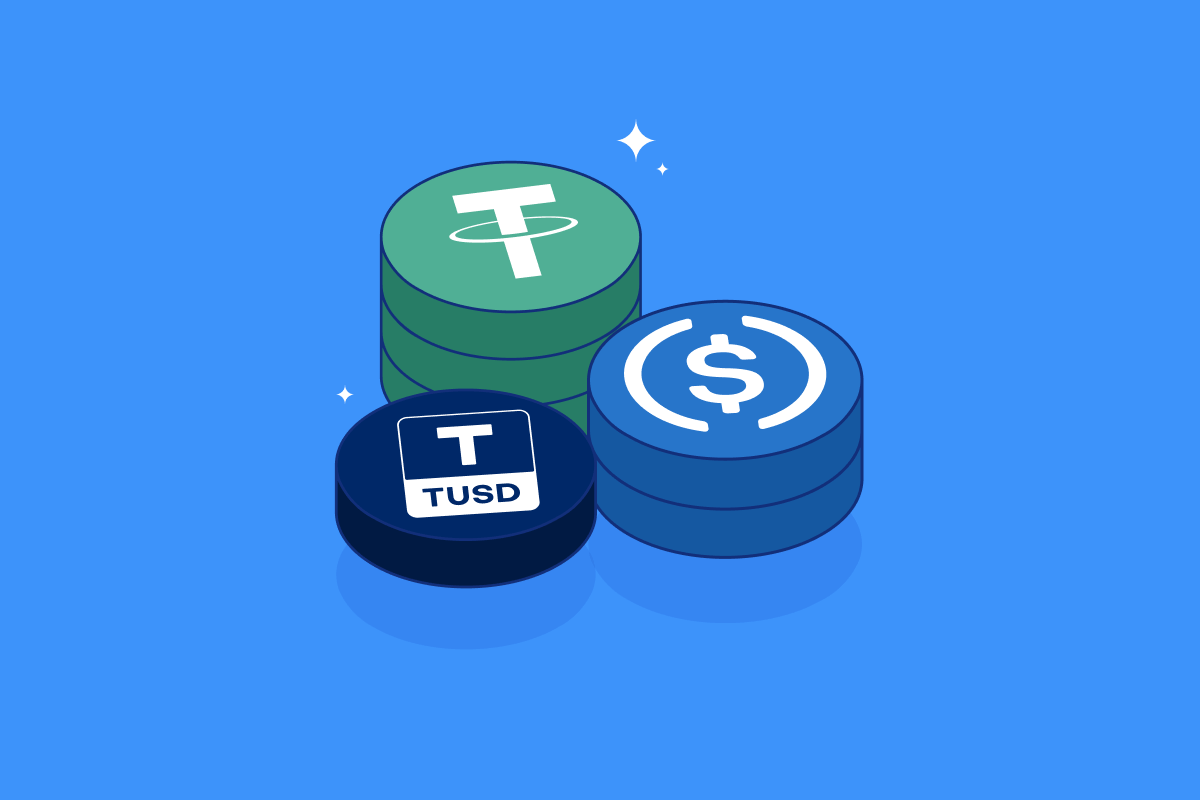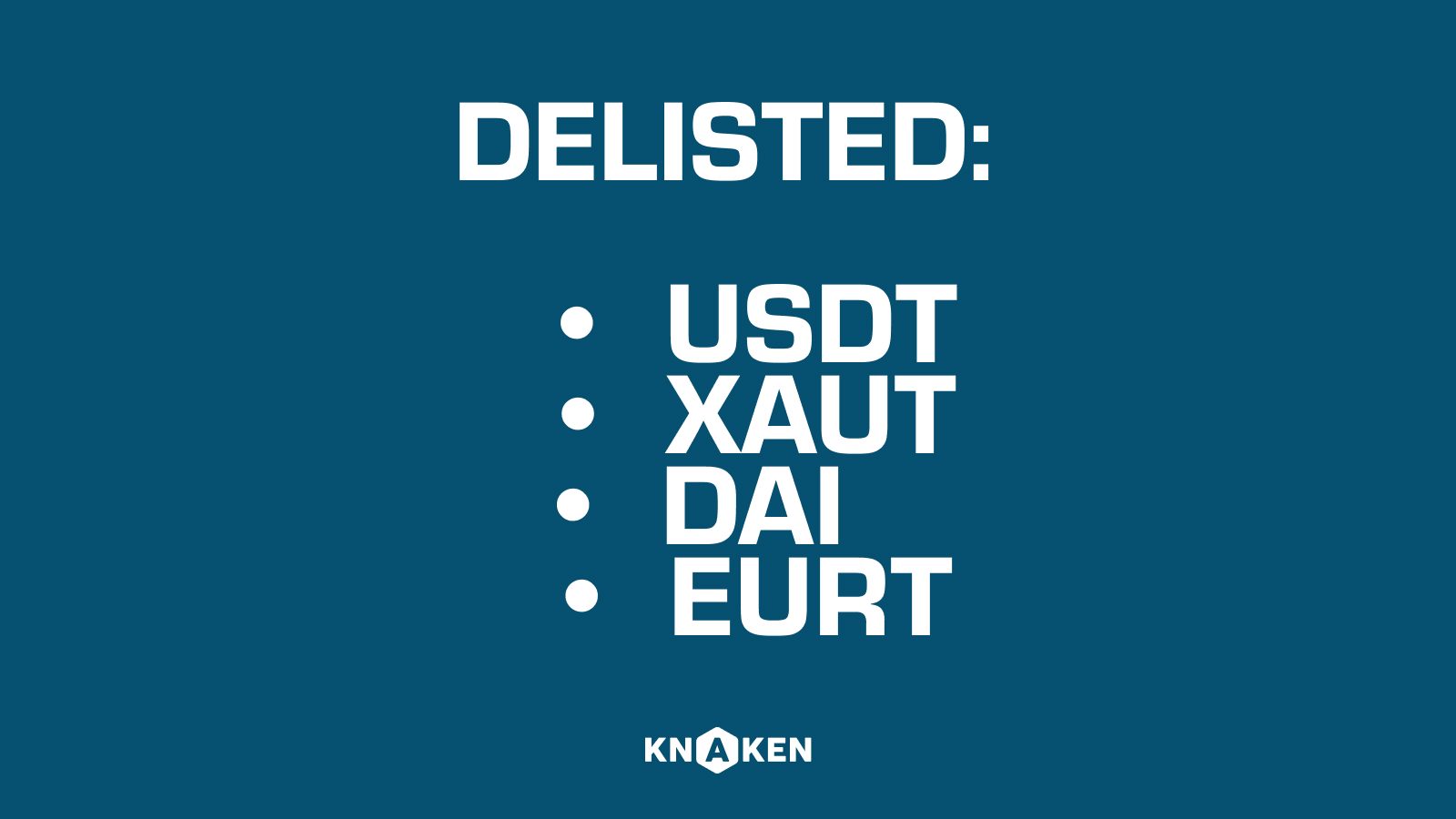Genesis Block
Introduction to Genesis Block
The **Genesis Block** is a crucial term in the realm of cryptocurrency. It refers to the very first block that is mined on a blockchain. This foundational block serves as the starting point for all subsequent blocks, forming the core of any blockchain network. Understanding the genesis block is essential for anyone interested in the functioning of blockchain technology and cryptocurrencies.
Significance of the Genesis Block
The genesis block holds significant importance for the entire blockchain ecosystem. Here are some key reasons why it matters:
- Starting Point: The genesis block acts as the initial reference point for the entire blockchain, which enables the network to maintain its integrity and cohesion.
- Protocol Rules: It establishes the protocol rules that govern the entire network, including aspects like block validation, consensus mechanisms, and transaction formats.
- Reward Distribution: The genesis block often includes the first mining rewards, setting the stage for how future rewards will be disbursed within the network.
- Historical Record: It serves as a permanent historical record that can be verified and referenced, contributing to the transparency and trust in the network.
Structure of the Genesis Block
The structure of a genesis block is similar to that of any other block in a blockchain but may contain unique attributes. Key components often found in a genesis block include:
- Block Height: The genesis block typically has a height of zero, as it is the first block in the blockchain.
- Timestamp: A creation timestamp that indicates when the block was mined.
- Nonce: A number used in the mining process, which is usually set to zero in the genesis block.
- Previous Hash: The previous hash field is often set to a predefined value (often all zeros) since there is no preceding block.
- Merkle Root: This component summarizes all the transactions contained in the block, frequently set to a default value in the genesis block.
- Transactions: The genesis block may or may not include transactions, depending on the cryptocurrency. For example, Bitcoin’s genesis block contained a message embedded in the coinbase transaction.
Examples of Genesis Blocks
Several prominent cryptocurrencies have notable genesis blocks. Here are examples of some of the most famous:
- Bitcoin: The Bitcoin genesis block was mined by Satoshi Nakamoto on January 3, 2009. It has become iconic due to the embedded message referencing a newspaper headline about bank bailouts.
- Ethereum: Ethereum’s genesis block was mined on July 30, 2015, establishing its smart contract platform and contributing to the rise of decentralized applications.
- Litecoin: The Litecoin genesis block was mined by Charlie Lee on October 7, 2011. It was created using similar principles to Bitcoin but aimed to offer faster transaction times.
Challenges and Considerations
While the genesis block is foundational, it is not without challenges. Some considerations include:
- Centralization Risks: If the genesis block is influenced by a small group or individual, it may lead to centralization, undermining the decentralized nature of blockchain.
- Hard Forks: Changes or updates to the protocol can result in hard forks, creating separate versions of the blockchain from the genesis block onward.
- Security Vulnerabilities: A flawed genesis block could expose the entire blockchain to vulnerabilities, making the need for security and proper coding essential.
Conclusion
The **genesis block** is a crucial aspect of blockchain technology that signifies the inception of a cryptocurrency network. Understanding its structure, significance, and historical context enhances the comprehension of how blockchains operate and evolve. As the first building block of the network, the genesis block paves the way for transactions, consensus, and the long-term sustainability of any blockchain ecosystem. Its role as a foundational element underscores the importance of careful planning and execution in the creation of cryptocurrencies.


















